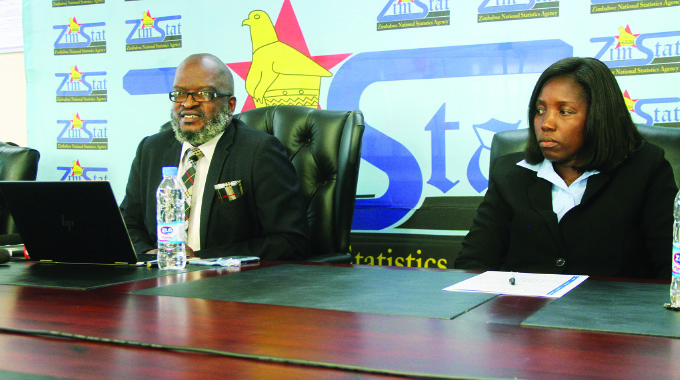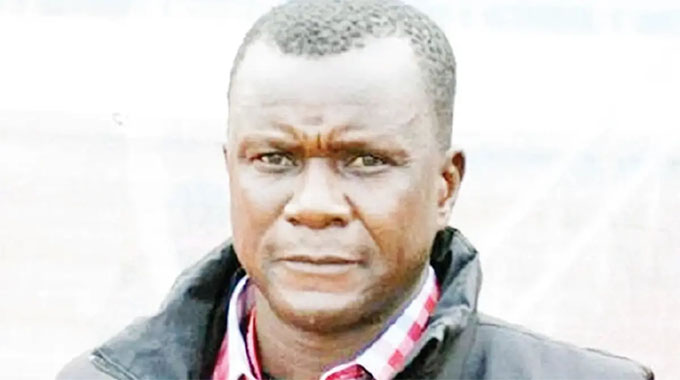Zim population now stands at 15 million

Herald Reporters
This year’s census confirms previous estimates that Zimbabwe’s population has gone over the 15 million mark with the preliminary results of the 2022 population and housing census giving a total count of 15 178 979 up 16,2 percent from 13 061 239 a decade ago in 2012, and the present population living in 3 818 992 households.
The initial preliminary results were given to the Cabinet by Finance and Economic Development Minister Professor Mthuli Ncube yesterday and were announced at the same time to the public by the director-general of the Zimbabwe National Statistics Agency (ZimStat), Mr Taguma Mahonde.
The specific objectives of the 2022 Population and Housing Census were: to establish the size and structure of the population of Zimbabwe; the spatial distribution in the provinces, districts and wards; the demographic, social, economic environmental and cultural characteristics; the rate of population growth; and the population density.
Results will continue to be announced in modules as the raw data is processed by ZimStat to provide planners and others with a more detailed breakdown of the population, its ages, housing standards and other critical factors.
The urban population now accounts for 38,6 percent of the population with rural areas at 61,4 percent compared to 33 percent urban and 67 percent rural in 2012.
Population growth rates are rising after decades of fall, with annual growth in population averaging 1,5 percent in the last decade compared to 1,1 percent between 2002 and 2012. Growth rates varied with Mashonaland East having 2.9 percent and Matabeleland South 1.1 percent.
The gender imbalance remains the same with 52 percent of the population female and 48 percent male. There are 7 289 558 males and 7 889 421 females compared to 6 280 539 males and 6 780 700 females in 2012.
The overall gender ratio was 92 males per 100 females ranging from 86 males per 100 females in Bulawayo Province to 98 males per 100 females in Mashonaland West.
The number of households are now 3 818 992, with the overall household size at 4,0 in contrast to 3 059 016 households and an overall household size of 4,2 in 2012.
The national population density was 39 persons per square kilometre in 2022 compared to 33 in 2012.
The population distribution by province is as follows:
Harare, 16 percent
Manicaland, 13,4 percent
Mashonaland West 12,5 percent
Midlands, 11,9 percent
Mashonaland East, 11,4 percent
Masvingo, 10, 8 percent
Mashonaland Central, 9.1 percent
Matabeleland North, 5,5 percent
Matabeleland South 5 percent and
Bulawayo, 4,4 percent.
The 2022 population and housing census enumeration exercise started on April 20 and ended on April 30.
The national population density was 39 persons per square kilometre compared to 33 persons per square kilometre, but densities vary. The metropolitan provinces now have Harare with 2,783 people on each square kilometre and Bulawayo 1,390.
Mr Mahonde said the continued dissemination of results will be staggered to give: demographic characteristics, housing characteristics and living conditions, functioning, emigration, deaths, education, fertility and labour force,” he said.
He stressed that census data will be anonymised for researchers to use. This means while there is a lot of detail on the population, it is impossible to figure out any details whatsoever for any individual or any particular family.
ZimStat employed and trained an army of 40 500 enumerators recruited from across the country’s 10 provinces who conducted the census.
The exercise received an overwhelming response from the nation with citizens welcoming the exercise saying it was good for them to know how many people are in the country.
For the first time in the history of Zimbabwe, ZimStats developed a system which monitored the enumeration process and what happened on the field and a data quality management team which monitored all the data collected by enumerators during the census.









Comments